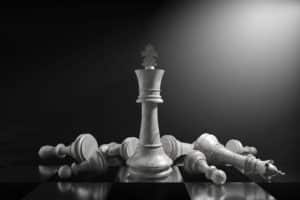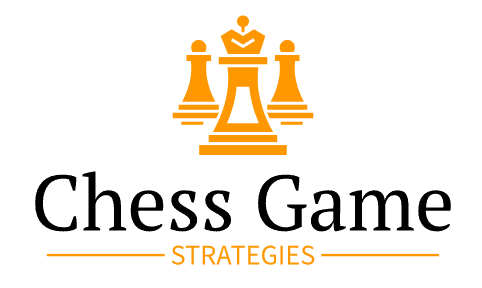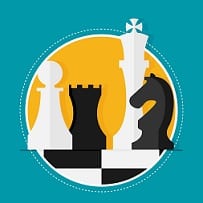
Chess Glossary : Section K
K
The Algebraic Notation symbol used to record actions made by the King.
Keizer System
A system used in tournaments/competitions to pair two players against each other who are close in the ranking. In other words, the Keizer System aims to avoid pitting a significantly stronger player against a significantly weaker player.
Key Square
Refers to an important square on the board – either from an offensive or defensive perspective. In the Pawn endings (where it’s just Kings and Pawns on the board), a Key Square is one that achieves a specific objective, e.g. gaining Pawn Promotion; preventing Pwn Promotion by an enemy Pawn; capturing an enemy Pawn; etc.
KGA
Abbreviation for the Chess Opening known as the King’s Gambit Accepted.
KGD
Abbreviation for the Chess Opening known as the King’s Gambit Declined.
KIA
Abbreviation for the Chess Opening known as the King’s Indian Attack.
Kibitz
Describes someone who offers meddlesome advice. In Chess, a spectator who makes comments about a game in progress, which the players can hear, is a Kibitzer (and that’s being polite!). At tournaments Kibitzing is seen as bad etiquette. “It’s just not cricket”.
Kick
1. What you get for Kibitzing.
2. To attack a Piece in order to get it to move … You Kick the Piece off its current square.
KID
Abbreviation for the Chess Opening known as the King’s Indian Defence.
King Bishop
A descriptive reference for both player’s respective Bishops that sit on the Kingside of the board, at the start of each game. You may see this abbreviated to KB.
King Chess Piece
The only piece on the board that CANNOT be captured … It can be checked; it can be totally stuck for a legal square to move to – thus, “checkmate” (game over). But you get no swap-offs with the King. Protect it, or lose.
King Held In Center
A King can be held in the Center, for example, by an adverse Queen or Bishop attacking down to the 1st Rank of the enemy’s camp, crucially between the King and Rook, preventing the King from Castling to (relative) safety.
King Hunt
When a player sustains an attack against the enemy King, it’s sometimes referred to as a King Hunt. Such attacks can drive the King far from its original position.
King Pawn
A descriptive reference for both player’s respective Pawns that sit on the King’s file, on the board. You may see this abbreviated to KP.
Kingside
All four Files on the right-hand side of the Chess Board – e, f, g and h – are on the King’s side, or Kingside.
Knight Chess Piece
The piece that often looks like a horse and is unique as the ONLY piece on the board that can jump over any other piece to capture opposition pieces or for positional movement, which it does in an L-shape.
Knight Pawn
A descriptive reference for both player’s respective Pawns that sit on either of their Knight’s files (‘b’ and ‘g’). You may see this abbreviated to NP.
Knockout Tournament
1. The Chess Glossary Team sense something’s about to kick off …
2. A Chess Tournament involving a series of matches, where the loser of each match is eliminated. The winning goes through to the next round.
Kotov Syndrome
A psychological factor where a player studies the board for a long time, to try and find a clear path through a complicated position. After thinking hard for long enough, due to time pressure, they then proceed to make a very poor move – typically a blunder. The syndrome was described by Russian Grandmaster Alexander Alexandrovich Kotov, in his 1971 book, Think Like a Grandmaster.
Kt
When using Descriptive Notation, this is the abbreviation for the Knight Chess Piece. In contrast, Algebraic Notation uses the capital letter ‘N’.

